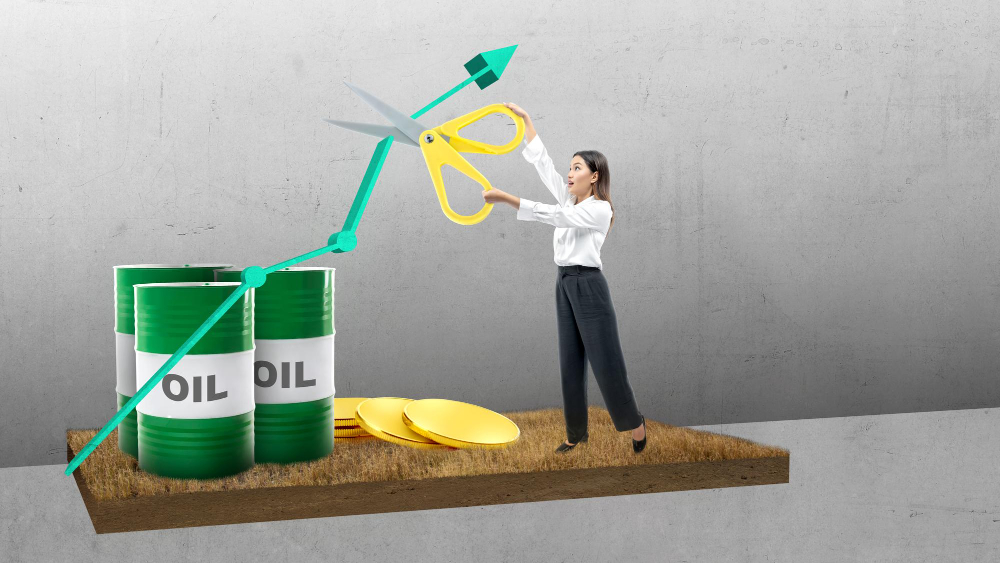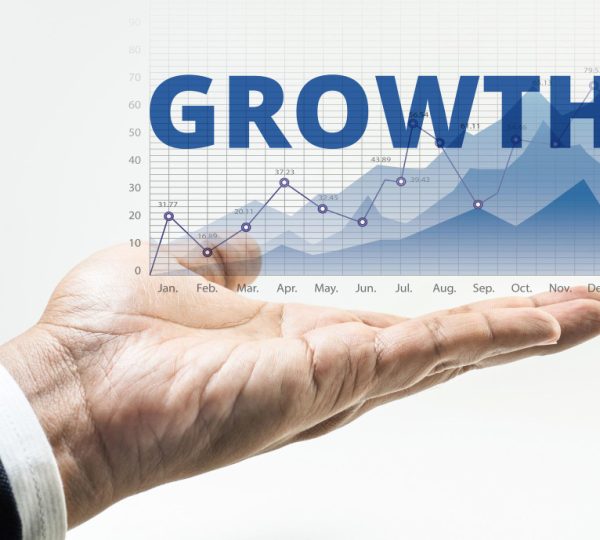Why Gas Is So Expensive
In the United States, petrol prices have risen to an all-time high. Even after accounting for inflation, they are at levels not seen since the oil crisis of the late 1970s, let alone in the preceding 50 years. Consumers feel the effects of rising fuel costs not just at the petrol pump but also in the form of higher pricing for everything from groceries to diapers to building supplies due to the added expense of transporting them.

Exactly where does our petrol money go?
On average, you may anticipate spending this much on petrol.
·Rough Oil Price: 54%
·Profit and expenses from refining total 14%.
·15 % for marketing and distribution
·17% combined federal and state tax rate
This distribution can shift anytime, but the shifts are usually negligible. A price increase may occur due to a surge in one or more price components.
Why do some states have higher petrol prices than others?
Taxes make the most impact on petrol costs across states.
Costly, state-mandated fuel blends for emission control are necessary in some areas.
Transport fees also range widely. These prices will increase as a state gets further away from big refineries. Pipelining petrol across the Rocky Mountains is expensive, which drives up the cost of gasoline on the West Coast.
Where do oil prices come from?
The worldwide supply and demand equation determines oil prices on the global market. Traders in oil contracts buy and sell depending on bids for future delivery. Those dealing in futures contracts always try to guess how much supply and demand will be in the market.
The cost of oil might be one of two broad categories.
You would pay the spot price to buy oil now for immediate delivery.
The cost of purchasing a futures contract is the futures price. This cost may change depending on the length of the agreement; for example, a three-month contract may have a different rate than a six-month agreement.
If a trader buys a futures contract for less than the spot price on the settlement date, they will make money. If the spot price decreases below the contract price, the trader will suffer a loss.
Traders in oil make bids depending on the spot price they anticipate at the contracts’ expiration date. Future situations are examined, but not too far into the future. Traders look three to six months into the future because that is how long most contracts have until delivery. Future situations are of no importance to them.
For what reason do petrol prices spike in the summer?
In general, petrol prices rise during the warmer summer months. This is due to the following three factors.
Driving more in the summer increases petrol consumption, and the United States mandates a different fuel blend in the summer to cut emissions and air pollution. The cost of petrol with a summer blend is higher.
In the US, the hurricane season starts in June. Oil refineries on the Gulf Coast are at risk from hurricanes, which might interrupt supply.
The price difference between summer and winter blends might be as high as six cents per gallon, depending on supply and demand.
Why do oil prices fluctuate so wildly?
Oil is a vital commodity whose price is sensitive to even modest shifts in supply and demand or threats to both factors.
Over the past 25 years, oil prices have fluctuated wildly, from well below $20 per barrel to about $140 per barrel.
The cost of oil tends to fluctuate in cycles. Prices fall when supply is abundant. Oil demand will increase as a result of this policy. When production expenses are too high, some producers shut down. As a result, prices are rising as demand outpaces supply.
When oil prices rise, people tend to reduce their consumption. Producers increase output in response to the higher price. As a result, supply increases, and demand decreases, driving down costs.
How can the United States decrease the price of petrol?
The federal government in the United States could be more effective at lowering petrol costs. We are not Saudi Arabia, so our government has no sway over the oil business and cannot mandate more production or the construction of new refineries. The increase in world prices would not be significant even if the United States increased production by one mbpd to reach peak levels.
State taxes are bigger than federal taxes. Therefore, the government might cut those instead.
It would take years for Iran and Venezuela to scale up production if sanctions were lifted, but the increased supply and lower prices would be worth the wait. There wouldn’t be a simple solution.
Therefore, the government is largely powerless. The only good news is that oil price surges eventually subside. Producers are incentivized to increase output and invest in growth when prices are high. Users are also prompted to reduce their energy consumption and waste less gasoline.
A price drop is likely, but not because of government action but because of the nature of the oil market.
Is oil production halted in the United States?
In June of 2022, the United States surpassed all other countries in crude oil production, pumping about 12 mbpd. Saudi Arabia pumps around 9.5 Mbps, whereas Russia generates around 10.5 Mbps.
In March 2020, US output peaked at just over 13 Mbps but dropped to 9.7 Mbps by August of that year as the pandemic decimated demand. It has been rising steadily since then. U.S. weekly output reached 12 mbpd in the second week of June 2022, and in 2023 it is expected to average 12.8 Mbps, the highest annual average ever.
Why does the United States import and export oil?
The American government does not intervene in the petroleum industry. The United States government does not restrict businesses from selling to foreign buyers. Sanctions against particular vendors and buyers are about all the government can do.
The type of crude oil being refined depends on the refinery’s architecture. To acquire the best blend for their refineries, many refiners purchase crude oil of varying grades and then blend them. No domestic manufacturers are making these grades.
In addition, certain refineries value maintaining their steady supply from overseas vendors. The connections are often quite tight in certain circumstances. The Port Arthur, Texas refinery owned by the Saudi Arabian Oil Company (Saudi Aramco) is among the largest in the United States. They patronise their own firm in the event of a purchase from Saudi Arabia.
Besides these significant ebb and flow patterns, numerous other factors influence pricing. When political unrest or a war in a country producing goods, traders may race to secure supplies, driving up prices rapidly. A rise in demand may result from a fast-growing economy. The sharp decline in 2008 prices indicates that the market falls during recessions.



